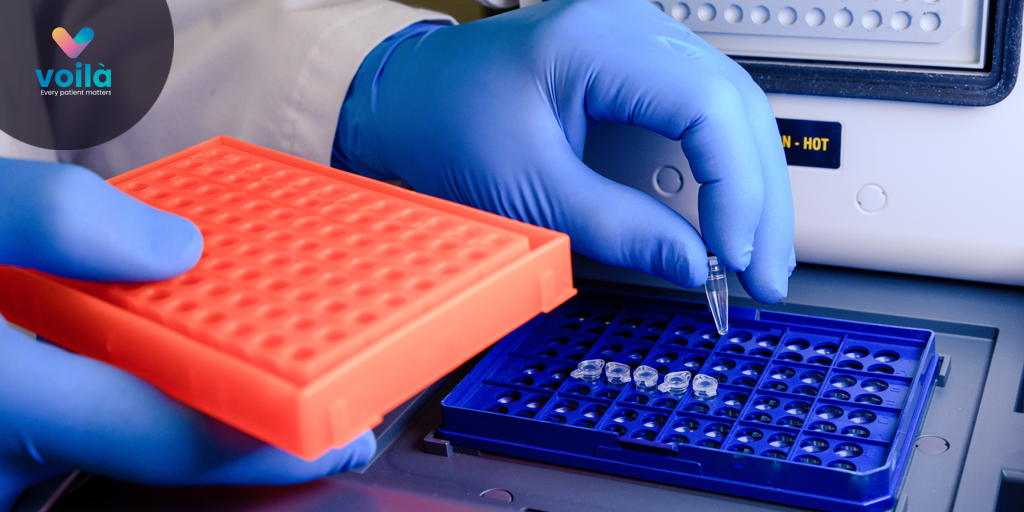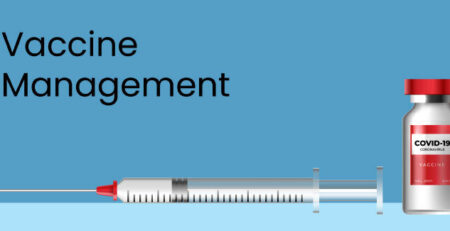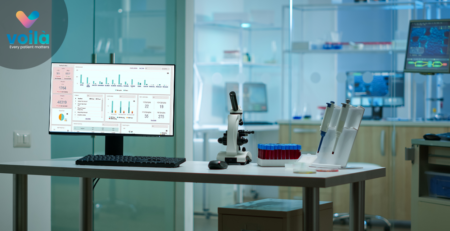Sample Accessioning: Ensure compliance and improved TAT on lab Operations
iPick Sample Accessioning features
1. Sample Segregation:
2. Sample tracking & QC:
3. Barcode labeling:
iPick Sample Tracking and Management Platform
Sample collection and management is one the most significant aspects of lab operations. It can define efficiency, turnaround time, and overall patient experience. The accessioning of pathology samples is vital for the initial processing of incoming samples.
Sample Accession is the stage of the cycle wherein received (acknowledged) samples are distinguished from unacknowledged samples in path labs.
With iPick, laboratories can eliminate errors by ensuring the accuracy of the patient sample and information received, and by verifying that correct tests are ordered and performed.
What is sample accessioning?
Sample Accessioning and Processing is the laboratory area where specimens are received, sorted, entered into the Laboratory Information System, barcoded, and processed.
Here, samples are approved or rejected based on appropriate criteria. This occurs with complete accountability for samples, or the samples are rejected due to noncompliance in certain areas/protocols.
Listed below are some of iPick’s Sample Accession features that help segregate samples, verify compliance with your lab’s operational standards, and save turnaround time.
iPick Sample Accessioning features
1. Sample Segregation:
One of the most difficult aspects of receiving samples from patients is identifying which samples to collect and how to label them according to their sample types and codes. With iPick’s sample accession feature, labs can now identify the different types of samples apart by the colors of their test tubes and vacuum containers.
If a sample from the same patient has to be processed for two distinct tests, Sample segregation enables sample split based on sample type and test. For bidirectionally interfaced instruments, it is crucial to assign a unique ID to each sample. It is the key to transferring the same information to and from the analyzer.
2. Sample tracking & QC:
Sample accession solves the challenge of differentiating samples by sample type. Phlebotomists utilize the accession list to determine precisely which specimens are in line for which patient. After sample collection, the phlebotomist confirms sample collection through the app, and the sample is then processed.
This ensures that only samples received in the laboratory will show the pending processing status. It offers a clear status on the location of the sample and reduces the time required to locate an unacknowledged sample in the laboratory.
3. Barcode labeling:
Barcoding samples assign electronically readable identifiers to the Sample Management System or LIMS. It offers highly granular and simplified sample location tracking.
The barcode series can be configured in several sorts, such as grouping by date, patient, or location. Shortcodes on a barcode label make it easy to interpret patient and test information linked with a sample. This decreases the likelihood of missing an upcoming test or misidentifying a sample.
iPick Sample Tracking and Management Platform
Lab accessioning and Sample management are tedious tasks. From sample collection at home and accessioning in the laboratory to sample tracking, clinical sample management usually faces various obstacles.
The iPick CRM and Mobile Phlebotomy System makes it simple to accession and maintain samples. It is a fully configured SaaS-based Lab Management and Home Sample Collection platform designed for Medical Labs, Pathology, and Diagnostic healthcare services in order to standardize processes, streamline workflows, and boost operational efficiency and effectiveness.






